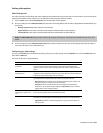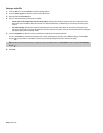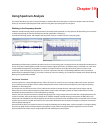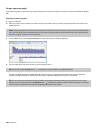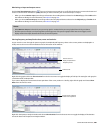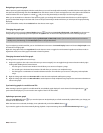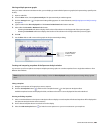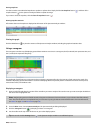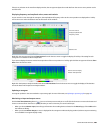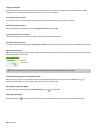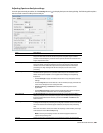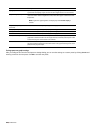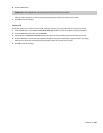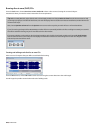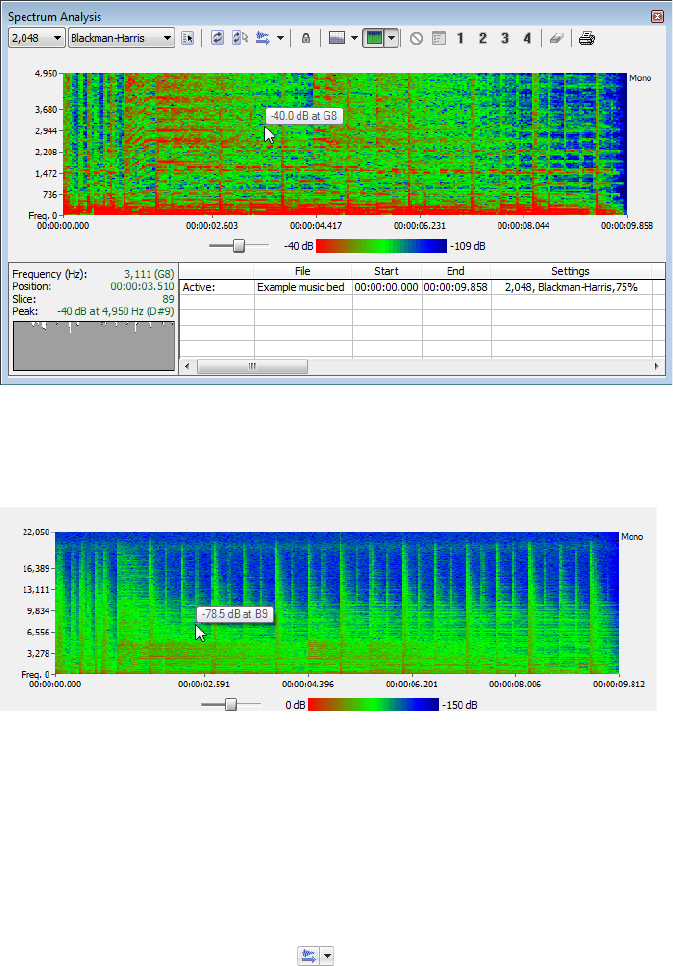
If there is no selection in the waveform display window, the sonogram analyzes the sound data from the current cursor position to the
end of the file.
Displaying frequency and amplitude values, notes and statistics
As you move the cursor through the sonogram, the amplitude and frequency values at the current position are displayed in a ToolTip
next to the cursor and in the Statistics area at the bottom of the window:
Use the cursor to
display amplitude and
frequency values
Statistics area
Right-click the sonogram and choose Show Position from the shortcut menu to toggle the display of ToolTips. The setting for each
sonogram in a multichannel file is independent.
If you want to display the nearest musical note equivalent of the cursor position in a ToolTip, right-click the sonogram and choose Show
Notes from the shortcut menu:
Use the cursor to display
musical note equivalent
Right-click the Spectrum Analysis window and choose Show Statistics from the shortcut menu to toggle the display of the Statistics
area at the bottom of the Spectrum Analysis window.
Updating a sonogram
A sonogram updates in the same method as a spectrum graph. For more information, see Updating a spectrum graph on page 282.
Monitoring an input and output source
Click the Real Time Monitoring button ( ) to turn real-time spectrum analysis on or off. Click the down arrow next to the button and
choose a command from the menu to specify whether you want to monitor your sound card’s input:
• When you choose Monitor Input, Sound Forge will monitor the recording devices selected on the Record page of the Audio tab in
the Preferences dialog.
• When you choose Monitor Output, a cursor is displayed in the sonogram to indicate the play position (real-time output monitoring
is not available in sonogram display mode).
USING SPECTRUM ANALYSIS | 285



